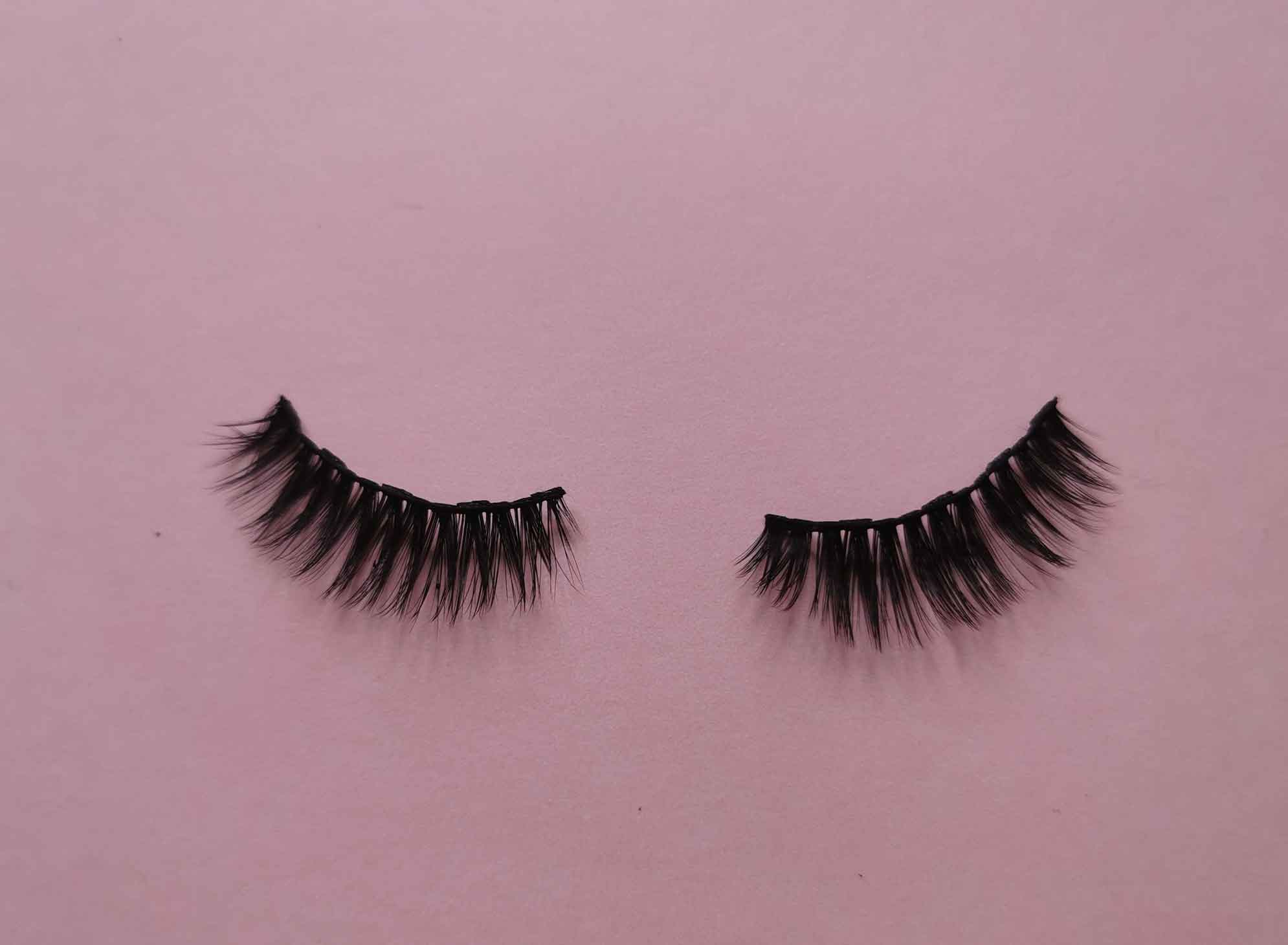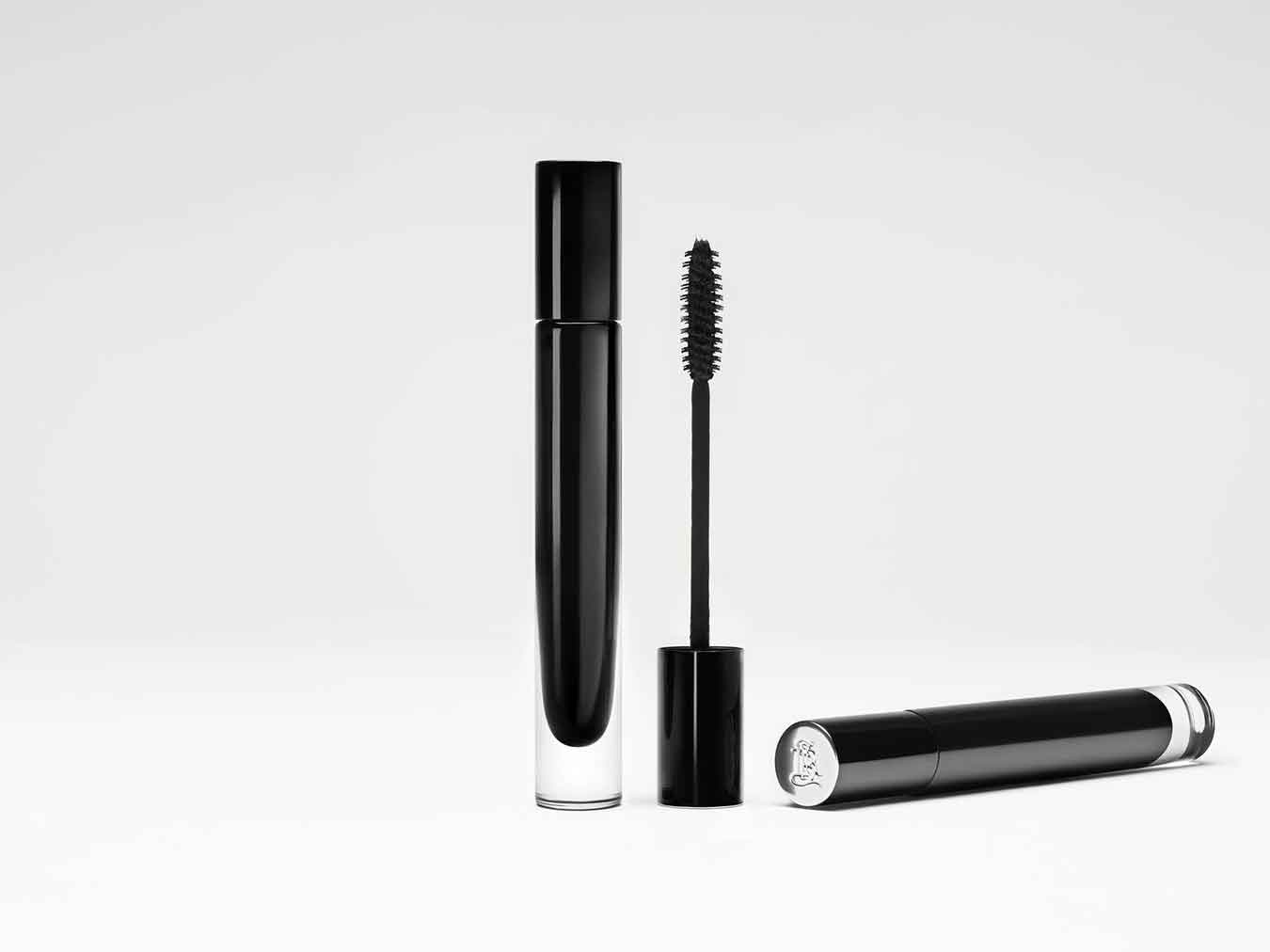
False Lashes: A Choice Between Animal Cruelty and Microplastic Pollution
The grisly start to the false lash industry has given way to much safer, more effective, and much less painful options like the false lash strips and eyelash extensions of today. However, even though these methods are much less harmful to us, the same cannot be said about their impact on the environment.
Believe it or not, way back in 1882, the residents of Paris had begun implanting hair directly into their eyelids with needles to enhance their appearance. Today, there are multiple theories for why long, thick, dark eyelashes are so desirable, but regardless of why, the false eyelash industry has been holding strong for decades now and market size is set to reach USD 1.6 billion by 2025. What started with directly-implanted human hairs in the 19th century eventually (and thankfully) led to the invention of false lash strips in the 1920s, which remained a staple until the beauty procedure boom of the 2000s and 2010s, which included the popularisation of things like microblading, lip blushing and of course, eyelash extensions. Although it may have taken a few questionable steps to get where we are today, our existing choices for creating longer, more voluminous lashes are predominantly safe, effective and affordable. And even though this is great for us, it does not mean that these products are equally great for the environment.

EYELASH EXTENSIONS
Let’s work our way backwards, starting with the most recent eyelash craze: extensions. Lash extensions are fibres applied to one’s individual lashes to make them thicker and longer. Although some lash extensions are made from real mink, sable or sometimes even fox hairs, the vast majority offered at salons are synthetic, made from a type of plastic called polybutylene terephthalate (PBT). Some salons will even advertise “mink” lashes, even though they’re actually using synthetic mink made out of PBT. This is not necessarily a bad thing though as fur collection has strong ties to animal cruelty, while the production and use of synthetic materials typically does not.
However, PBT comes with its own host of problems, particularly that it is a non-biodegradable plastic, meaning it will remain unchanged and accumulating in our environments for years on end. On top of that, PBT in tiny fibre lash extension form is very likely to get washed down the drain while the wearer is showering or washing their face, contributing to the overwhelming microplastic problem facing the world’s oceans today.
“How about some eco-friendly innovations then?” you may be asking. Well, we have some disheartening news for you. The only “innovation” we could find in this space was by the brand Avari Beauty, who claim that their high density polyethylene (HDPE) lash extensions are “made from recycled fibers” that are “more sustainable for the environment” and have “a much faster degradation period in soil and water.” However, despite these claims, HDPE is actually not commercially biodegradable at this time. And while it’s great that the lashes are made from recycled fibres and the material itself is recyclable, considering the tiny size of each individual extension, they would be impossible to sort out at a recycling facility (not to mention the impracticality of having to collect each fibre that falls off your lashes for recycling). Once again, this means that HDPE lashes would simply sit in landfills for decades or get washed down the drain to be swallowed by fish, just like PBT lashes already are.
FALSE LASH STRIPS
So, if eyelash extensions are a no-go, why don’t we try going a step backwards in innovation to false lash strips. Patented in 1911, these were the go-to for dramatic lashes for decades before eyelash extensions were invented. Although falsies do unfortunately face the exact same material challenges that eyelash extensions do (i.e., animal cruelty for real-fur lashes and environmental concerns for synthetic lashes), they do have the marginal benefit of being reusable, even up to 30 or more times if you invest in a quality pair. If you’re only looking to glam up for an extra special event here or there, then one or two pairs may well last you a lifetime. That being said, it does take a little bit of care and attention to keep falsies in good shape, and for more serial wearers, even well-made reusable pairs are going to accumulate and add to your environmental footprint.
While we do applaud brands like Lithe Lashes, who package their reusable synthetic falsies in biodegradable trays housed in recyclable boxes made from FSC-certified paper, and even Avari Beauty for packaging their questionably-marketed HDPE lash extensions in biodegradable plant fibre boxes, it must be acknowledged that these solutions only address one part of the false lash industry problem, and unfortunately not the problem of the actual lashes themselves.

MASCARA AND LASH SERUMS
Finally, if we cast ourselves way back to ancient Egyptian times, we may finally have our answer to the most environmentally-friendly way of enhancing our eyelashes: mascara. Today’s offerings thankfully do not contain crocodile stool, and instead are better than ever at giving us a wide range of different effects, from elongating to volumising to curling. On top of this, there is a growing number of verifiably sustainable and natural mascara options out there as well, like the cult-favourite Ilia Limitless Lash Mascara (empty tubes can be returned to the company for recycling), the refillable Kjaer Weis Lengthening Mascara (only requires a one-time purchase of the outer tube with refills available when empty) or the luxurious La Bouche Rouge Le Sérum Noir Mascara (uses a microplastic-free brush and is housed in the first-ever recyclable all-glass tube).
If mascara alone is just not enough for you, then fast forward again to the modern scientific innovation of eyelash growth serums. Latisse has been the only FDA-approved lash growth treatment available on the market since 2008. It was originally developed for use as a glaucoma treatment (and is still used as such today), but when its side effect of causing increased lash growth was discovered, it of course branched off in a new direction. It’s been proven effective in enhancing both length and volume of lashes, and is actually a recommended treatment for eyelash hypotrichosis (inadequate eyelashes). Also, the price point for Latisse is very comparable or in some cases more affordable than that of eyelash extensions and their upkeep.
If you are a lash aficionado and simultaneously someone who cares about the planet, then the choice should be clear: using good old mascara and/or growing your own lashes is, at least for now, the far more environmentally-friendly way of getting beautiful lashes, as opposed to perpetuating animal cruelty or microplastic pollution through the use of lash extensions or false lashes.
+ Words:
Dorice Lee
Luxiders Magazine Contributor
Dorice Lee is a freelance writer and editor from Vancouver, Canada who is endlessly fascinated by the ever-growing potential of the sustainability movement. Through her work she hopes to contribute to that movement by making the notion of sustainability approachable and accessible.
IG: @doricelee







